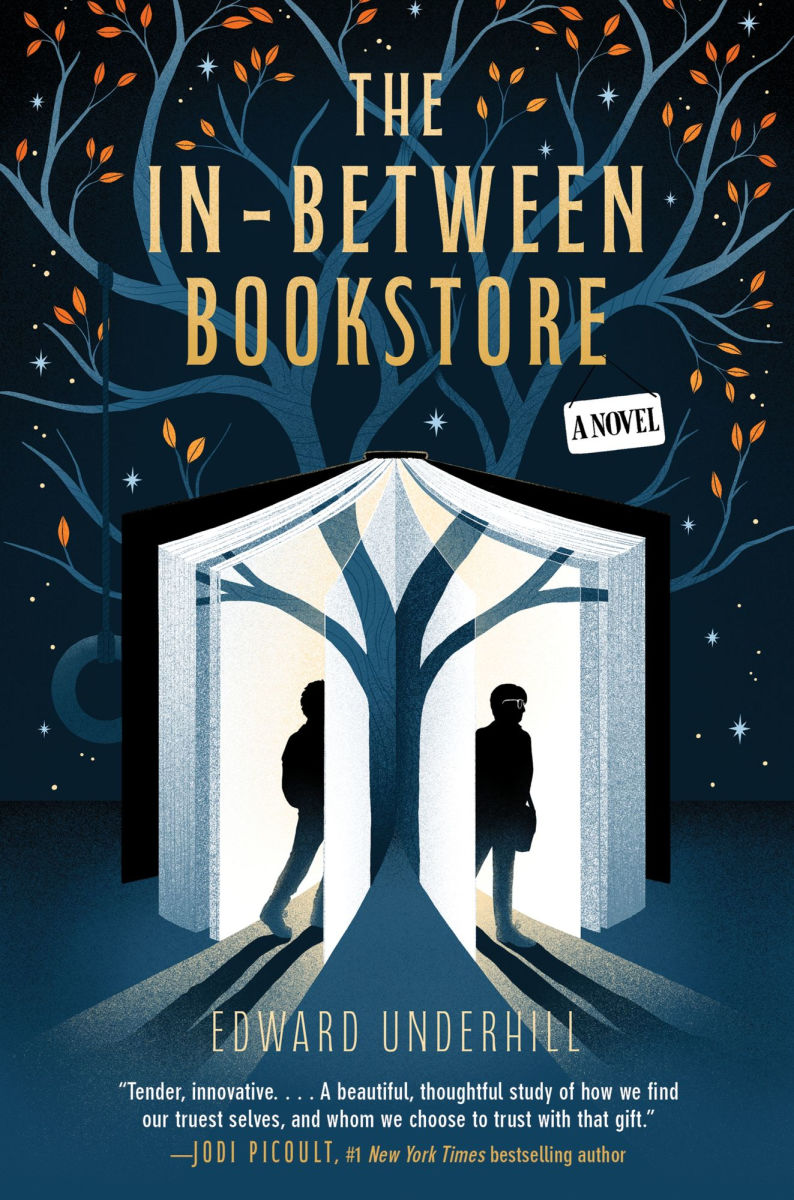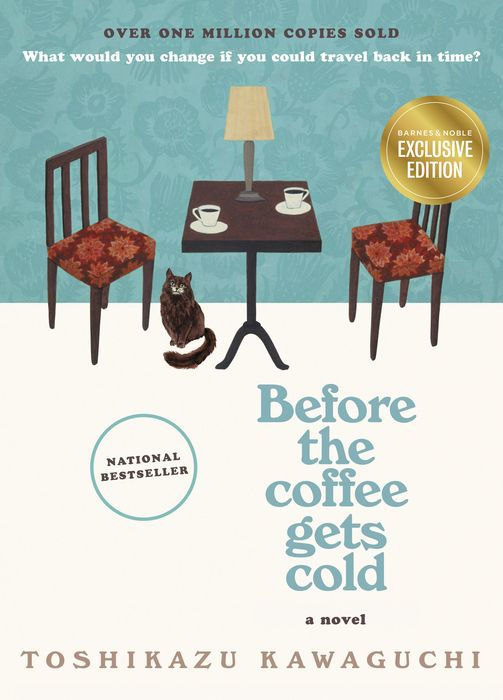Sometimes one reads a book in circumstances which make the book forever inextricable in one's mind with a specific place or mood. Whenever I think of Le Guin's
Tehanu or Toni Morrison's
Beloved, I remember afternoon sunlight on carpet and a view of a very blue swimming pool through a sliding glass door; I read
A Dance with Dragons on the overnight leg of a very long plane ride with all lights but mine turned off because I was too uncomfortable to sleep, becoming more and more annoyed with both the book and the situation as I plowed through the thing.
Who is Frances Rain? is a semi-classic Canadian children's book from 1987, and while based solely on the book itself I would not normally have found it all that memorable, the reading experience sure was.
It begins with an arresting prologue by the first-person narrator, teenage Lizzie, saying that it's a ghost story. For once the prologue probably was necessary, because the ghost doesn't turn up until halfway through the book. The first half is a realistic problem novel about blended families and parent-child problems.
Lizzie's father walked out on the family about a year ago, and the three kids haven't heard from him since. Lizzie's mother married a man who clearly is extremely nice and trying very hard, but Lizzie and her brother hate him because he's not their father. (Her little sister adores him, though.) All of them, stepdad included, are on a trip to visit Grandma who lives near a tiny island. Halfway through the book, Lizzie finds a pair of glasses on the island which enable her to see scenes from the life of Frances Rain, who used to live there.
The climax/ending of the book, which ties together the ghost story and the family story, is quite well-done. But for my taste, there was too much family and not enough ghost.
I read this book (after starting and abandoning several others) while getting my hair done at a local salon which I was trying for the first time. I did a full rainbow, so I was there for quite a long time while other clients came and got their hair done and were replaced by new clients.
I started out reading
Prairie Fires, nonfiction about Laura Ingalls Wilder and her historical context, but abandoned it (for later, not forever) in when I realized that it had already covered a lot of historical context in quite dense detail and I was only 10% in. It was too hard to follow given the salon conversations I was trying to ignore.
Then I tried reading
The Long Earth by Stephen Baxter and Terry Pratchett, about parallel worlds and SUPPOSEDLY a WWI soldier who falls into one. He appears in a prologue, then vanishes for the next 25% of the book which was as far as I got. If I had to guess how Baxter and Pratchett collaborated based solely on the reading experience, I'd say that Pratchett provided two zany ideas and then Baxter did everything else.
A design for parallel world exploration, powered by a potato (I'm guessing this was Pratchett's first idea) appears online and children across the world build it. They go to a parallel Earth, throw up, and freak out. Only one kid does not throw up, and is also the only one who figures out that you can turn the dial the other way to go back. He grows up to be a very very special person, the only one on Earth who can go to parallel worlds without getting briefly nauseated and also the only person who doesn't freak out when alone on a world. He teams up with a soda machine that's legally recognized as the reincarnation of a Tibetan bicycle repairman (I'm guessing this was Pratchett's second idea) to investigate something. Meanwhile, the effects of easy travel to empty parallel worlds are explored.
This doesn't sound boring but it was
incredibly boring. Permanent DNF.
I then started
Who is Frances Rain?While I was going from book to book in an effort to not listen to the client/hairdresser conversations, I began live-blogging the experience:
11:46 AM: They have been talking about cancer for TWO HOURS. Client's father has cancer, prompting reminisces of everyone's relatives with cancer.
12:16 PM: The salon is now discussing orthopedic injuries.
12:17 PM: Someone with Parkinson's fell off a roof.
12:18 PM: Getting a blow by blow account of surgery and recovery.
1:02 PM: We're now back to chemo.
1:18 PM: Dementia.
1:22 PM: There were brief breaks discussing other stuff, plus some blessedly silent stretches. But I now know exactly what a Whipple Procedure is and now I have a new phobia.
1:35 PM: Paris Hilton was a student at the hairdressing school my hairdresser went to.
Amazingly, she didn't die.
[By now I'm reading
Who is Frances Rain? in the hope that it will be an entertaining ghost story. So far, no ghosts. But...]
1:43 PM: In the book I've been attempting to read while all this is going on, the characters have spent multiple chapters failing to notice that Grandma is clearly having a heart attack. She keeps rubbing her left arm.
Maybe she needs a Whipple Procedure.
1:44 PM:
"Are you okay, Gran?" Her skin had a dusky grayness behind it.
"I'm fine. Just winded."1:59 PM:
Gran looked pretty wiped out by the time the dishes were done.2:03 PM:
"But remember," said Doc, shaking her finger all round. "There can be no stress in her life right now."2:33 PM: Breaking news from the salon: a sinkhole has opened. Somewhere.
2:51 PM: A client blamed immigrants for the drought.
I now have a dilemma re: should I ever go back because my hair is AMAZING.
3:03 PM: I'm home! I am now going to light a fire and have a restorative nip of brandy in front of it.
PS. Grandma lived! Shocker.





















